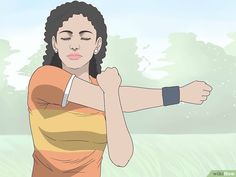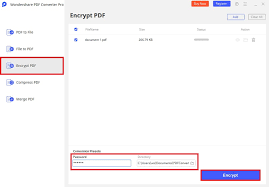4 Ways to Treat Tennis Elbow

Introduction:
Tennis elbow, or lateral epicondylitis, is a common overuse injury affecting the extensor tendons of the forearm. It can be caused by repetitive wrist and forearm movements, often associated with sports like tennis and golf. However, these injuries can also occur in non-athletic individuals during everyday activities. Here are four effective ways to treat tennis elbow and regain your mobility:
1. Rest and Activity Modification:
The first and most crucial step in treating tennis elbow is to allow the inflamed tendons to rest. This may involve taking a break from the activities that caused the condition or changing your daily routine to reduce strain on the affected arm. You may need to adjust your grip during sports or other activities, wear a brace or splint, or even switch hands for certain tasks.
2. Cold Therapy:
Applying cold packs to the affected area several times a day can help reduce inflammation and relieve pain. Wrap an ice pack in a thin towel and hold it against your elbow for 15-20 minutes at a time. Repeat this procedure every 2-3 hours throughout the day.
3. Physical Therapy:
A physical therapist can recommend specific exercises and stretches that target the forearm muscles and tendons to help alleviate pain and restore function. These exercises might include wrist extensions, wrist flexions, resistance band exercises, and forearm stretches. Gradual strengthening of the forearm muscles helps prevent future injuries.
4. Non-steroidal Anti-inflammatory Medications (NSAIDs):
Over-the-counter NSAIDs like ibuprofen (Advil) or naproxen (Aleve) may be helpful in reducing pain and inflammation associated with tennis elbow. However, these medications should not be used for an extended period without consulting a doctor, as they can lead to side effects such as stomach issues or liver damage.
Conclusion:
Tennis elbow is a painful condition, but with proper care and attention, sufferers can overcome it. By incorporating rest, cold therapy, physical therapy, and NSAIDs where appropriate, you can alleviate pain and regain mobility in your affected arm. Always consult with a healthcare professional for tailored advice and before starting any new treatment plan.






